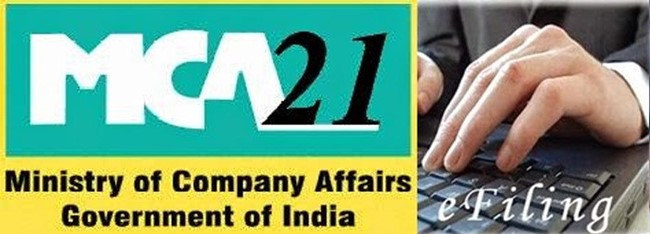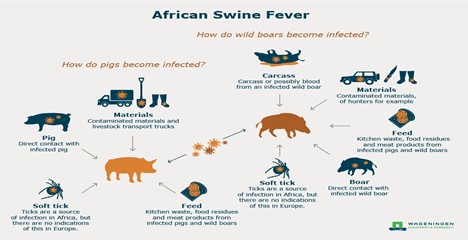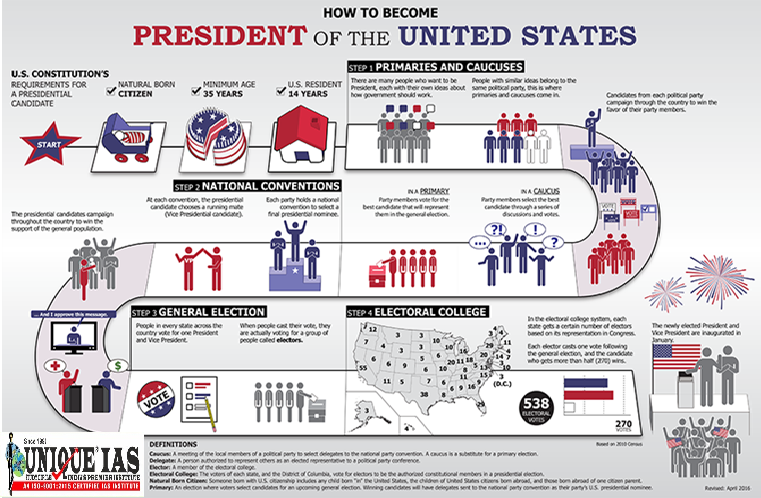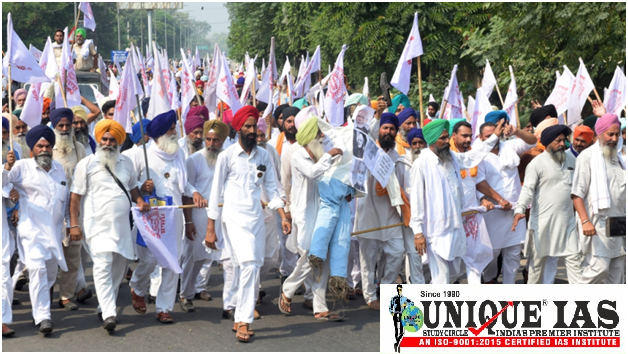First phase of India’s first mission mode e-governance project, MCA21 has been launched recently.
What is MCA21?
MCA21 is an online portal of corporate affairs ministry. Launched in 2006, the portal has made all the information related to company, accessible to stakeholders and general public.
About MCA21 Version 3.0
MCA21 version 3.0 was highlighted during budget 2021-2022. This project makes use of new technologies to streamline corporate compliance and experiences of stakeholders.
MCA 21 will be implemented in two phases for which second and third phase will be launched in October 2021.
The First phase of the project consists of new email services for MCA officers, revamped website, eBook and eConsultation.
What are the Aims of the Project MCA 21?
Version 3.0 of MCA 21 was launched to:
- Promote Ease of Doing Business,
- Strengthen the enforcement,
- Facilitate seamless integration and
- Exchange data among regulators and
- Enhance user experience.
MCA21 Mission Mode Project
This e-governance initiative was launched in 2002 by Ministry of Corporate Affairs, after facing the challenge of providing service to about 7.5 lakh corporate entities.
It is one among 31Mision Mode Projects of National e-Governance Plan. Project is being implemented by Tata Consultancy Services under Build Own Operate and Transfer (BOOT) model.
What is National e-Governance Plan (NeGP)?
NeGP initiative was launched by government to make all government services available to citizens using electronic media.
It was formulated by DeitY (Department of Electronics and Information Technology) in collaboration with DARPG (Department of Administrative Reforms and Public Grievances).
This is an enabler of Digital India initiative, and UMANG (Unified Mobile Application for New-age Governance) in turn is an enabler of NeGP.
What is e -governance?
Electronic governance or e-governance is the application of IT for delivering government services, exchange of information, communication transactions, integration of various stand-alone systems between government to citizen (G2C), government-to-business (G2B), government-to-government (G2G), government-to-employees (G2E) as well as back-office processes and interactions within the entire government framework.
Through e-governance, government services are made available to citizens in a convenient, efficient, and transparent manner.
The three main target groups that can be distinguished in governance concepts are government, citizens, and businesses/interest groups.
What is corporate affairs ministery?
The Ministry of Corporate Affairs is an Indian government ministry.
It is primarily concerned with administration of the Companies Act 2013, the Companies Act 1947, the Limited Liability Partnership Act, 2008, Insolvency and Bankruptcy Code, 2016 & other allied Acts and rules & regulations framed there-under mainly for regulating the functioning of the corporate sector in accordance with law.
It is responsible mainly for regulation of Indian enterprises in Industrial and Services sector.
Ministry is mostly served by the civil servants of the ICLS cadre(The Indian Corporate Law Service). These officers are being selected through Civil Services Examination conducted by Union Public Service Commission.
What is BOOT?
Build–operate–transfer (BOT) or build–own–operate–transfer (BOOT) is a form of project delivery method, usually for large-scale infrastructure projects, wherein a private entity receives a concession from the public sector (or the private sector on rare occasions) to finance, design, construct, own, and operate a facility stated in the concession contract.
This enables the project proponent to recover its investment, operating and maintenance expenses in the project.
BOT is usually a model used in public–private partnerships.
Due to the long-term nature of the arrangement, the fees are usually raised during the concession period. The rate of increase is often tied to a combination of internal and external variables, allowing the proponent to reach a satisfactory internal rate of return for its investment.






.jpg)
.jpg)
.jpg)
.jpg)
 Bill, 2021.jpg)



